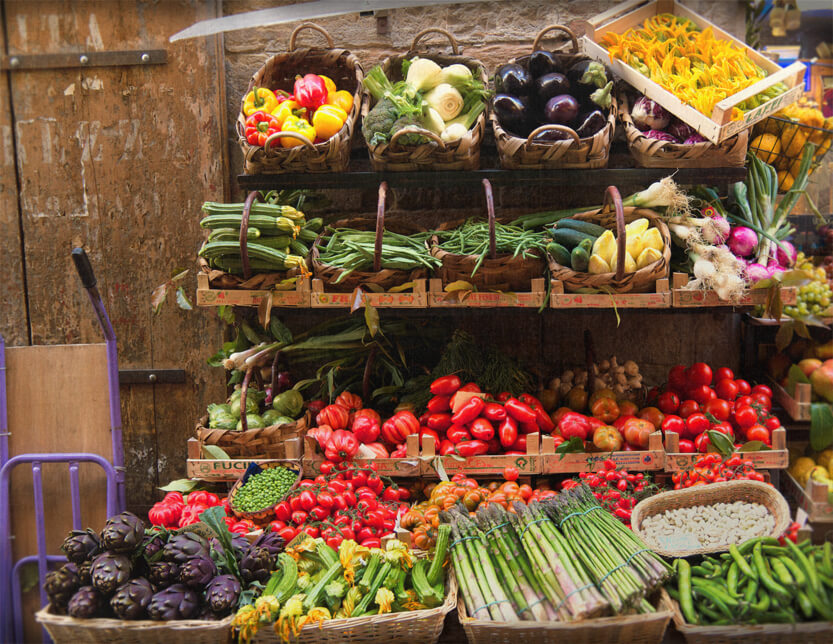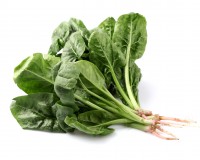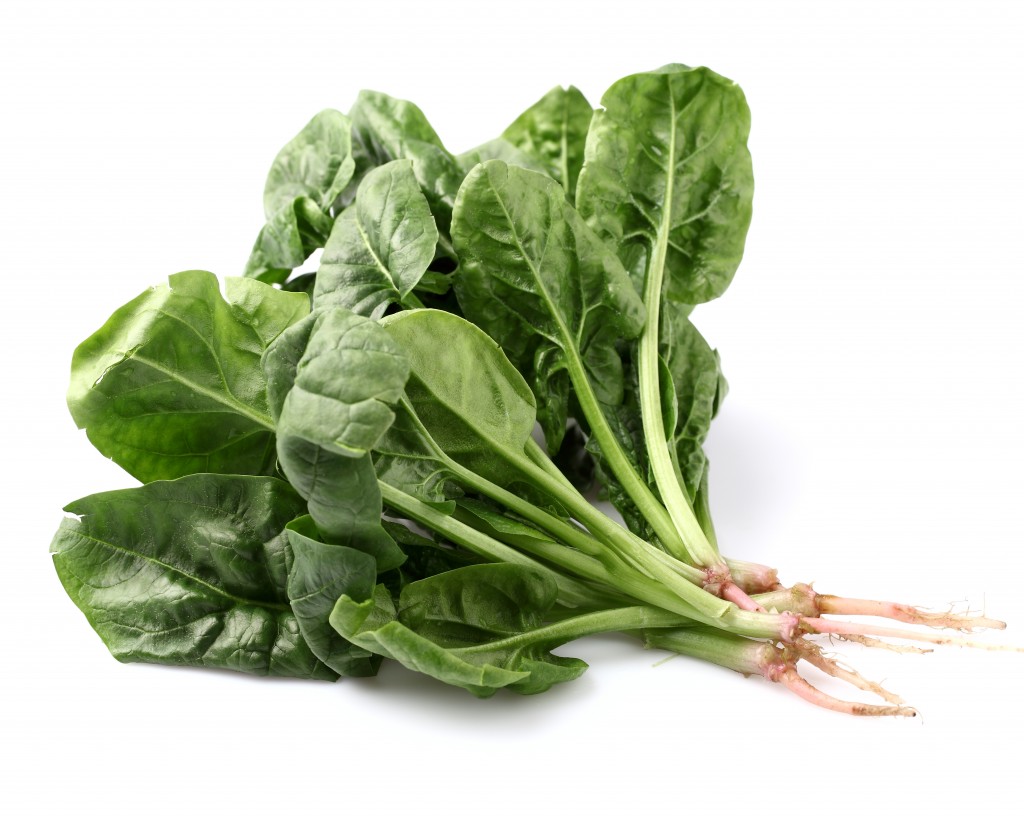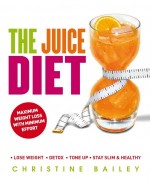Ingredient Spotlight/ Cocoa
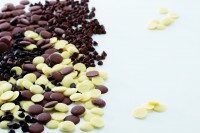
– Extract from Chocolate by Jennifer Donovan.
Cocoa beans, from which chocolate is derived, are a product of the cacao tree. This is believed to have originated in the tropical areas of South America, although the exact location is a source of some dispute. A relatively delicate plant, the cacao tree needs protection from wind and a good amount of shade; it usually bears fruit in the fifth year of cultivation in natural conditions. Although there are about 20 different varieties of cacao plant, only three are widely used in the making of chocolate—Forastero, Crillo, and Trinitero.
The fruit of the cacao plant, known as “pods,” contain between 20 and 50 cream-colored beans, and it takes about 400 beans to make just one pound of chocolate. The beans are fermented, dried, cleaned, and roasted. Then the roasted beans are ground to produce a thick cacao liquor, or cacao mass, and finally pressed to extract the fat, known as cocoa butter.
Cacao liquor and cocoa butter are the essential ingredients in any chocolate product, and the amount included varies from around 25 percent of the product’s weight up to approximately 80 percent, occasionally more. Other ingredients, including sugar, vanilla, and milk, are added to the chocolate before it goes through the final processing stages. Generally, the sweeter the chocolate, the more sugar has been added and the less cacao liquor and cocoa butter it contains. The darker and more bitter the chocolate, the higher the cacao liquor and cocoa butter content; this is widely considered to be a superior chocolate. However, chocolate preferences vary between individuals, so it is best to experiment with what you have available to see which you prefer.
Types of Chocolate
There are a number of basic categories of chocolate. The first
is dark chocolate, sometimes referred to as bittersweet or semi- sweet chocolate, or couverture. This is designed for both eating and cooking. Look for chocolate with a high cocoa content (usually marked as a percentage on the label). Ideally, the percentage should be somewhere between 70 and 85 percent, although it is important to remember what you are ultimately using it for.
The most readily available chocolate tends to range between 60 and 70 percent, which renders good results, though higher percentages do exist.
Milk chocolate, also commonly available, generally contains less than 3 percent cocoa butter and has sugar, milk powder, and vanilla added. It is not as successful in baking and cooking as dark chocolate, but you can use it as a substitute in mousses, fillings, drinks, and cookies, particularly if they are destined for children, who prefer the less bitter flavor. Again, for the tastiest results, look for good-quality milk chocolate—many manufacturers use vegetable oils, artificial flavors, fillers, and milk solids in their products. Organic varieties of chocolate are a good choice here.
White chocolate, another widely available product, is technically not chocolate at all because it does not contain cacao liquor—it is made from cocoa butter, sugar, milk, and vanilla. Although not a pure chocolate, white chocolate is still very popular and gives good results in cooking.
Cocoa powder and chocolate drink mixes are also derived from chocolate. ‘Dutch-processed’ cocoa, where the cocoa is treated with an alkali to give a slightly different flavor and a darker appearance, is considered to have the best taste. Cocoa powder is derived from the pressed cake that remains after most of the cocoa butter has been removed. It may have 10 percent or more cocoa butter content. Most commercial chocolate drink mixes (which are designed to be made into hot or cold drinks) are usually made from a mixture of cocoa powder and sugar. Both cocoa powder and chocolate drink mixes have their uses in cooking, but, as with chocolate, the quality does vary, so experiment with the different brands and buy the best you can afford.
To know more about chocolate and be guided through a range of delicous chocolate recipes, take a look at Chocolate by Jennifer Donovan.
Jennifer Donovan
Chocolate
Available from Nourish Books
£9.99











